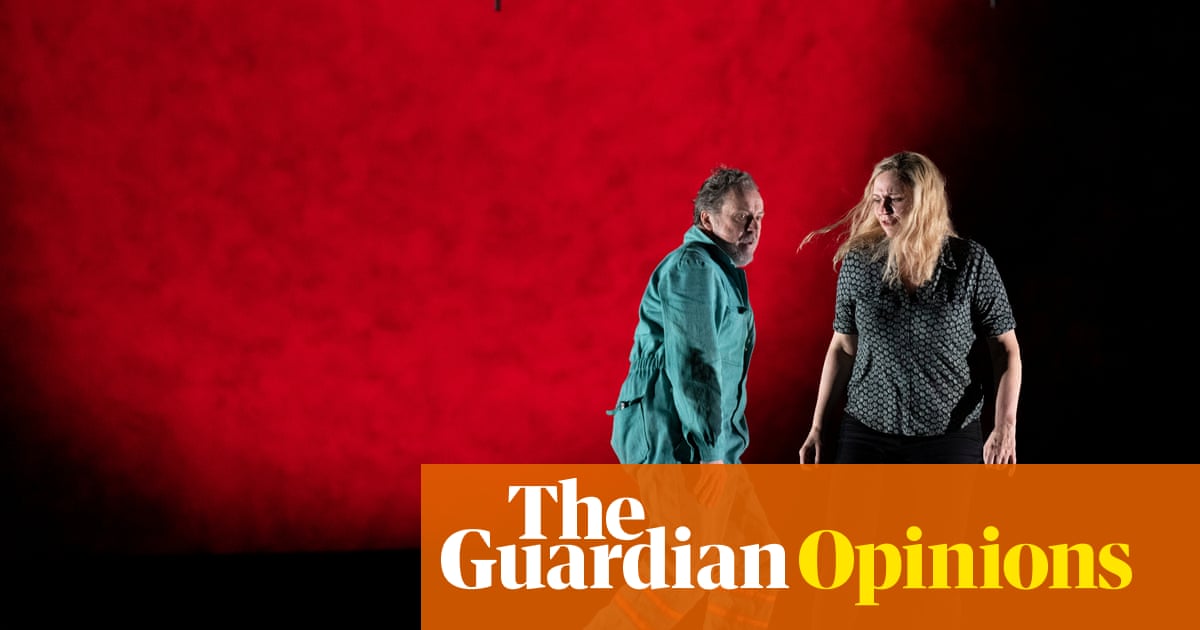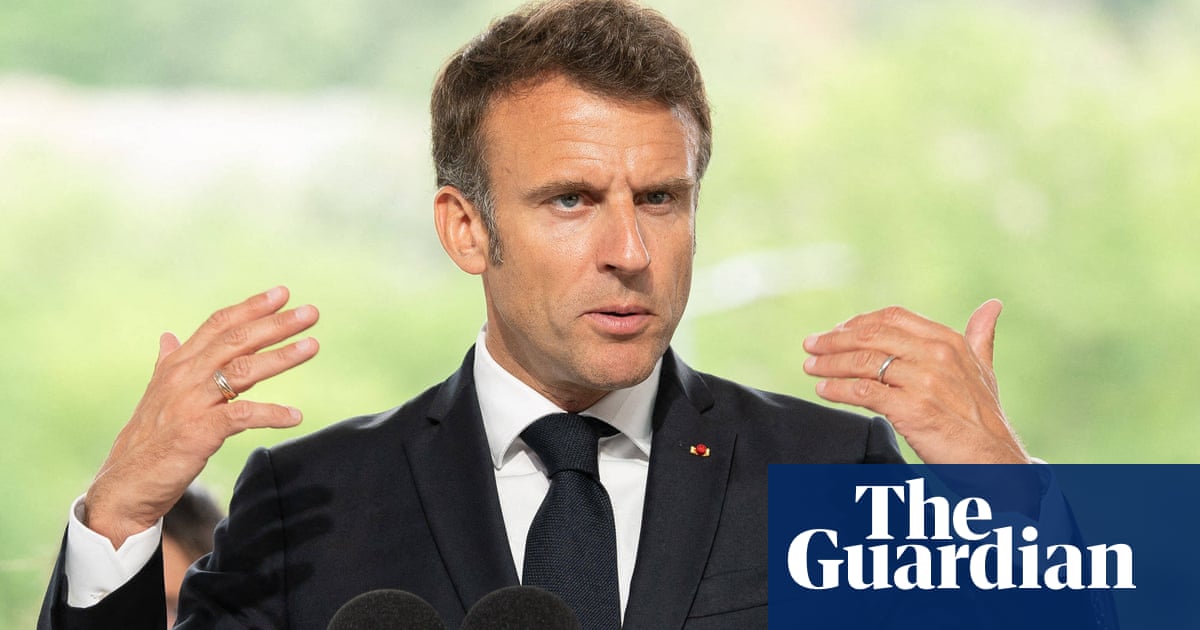
When Arts Council England set out to develop a strategy for 2020-2030, we spoke at length to people across the country and heard repeatedly their wish to experience the arts close to home. People told us of their frustration at the lack of opportunities to develop their talent in their communities; and their longing for the chance to enjoy and participate in all kinds of culture. The arts reflect life back at us: they are fundamental to how we understand ourselves. Surely it is right that we can all feel equally at home in our theatres and galleries, that we can all be participants?
Sir Nicholas Hytner warned in the Guardian that culture has been squeezed out of the school curriculum. I share his concern, and agree that placing more emphasis on culture and teaching creativity within all schools would pay dividends for future generations. Arts Council funding alone cannot make good that loss, but we can support young people, both in and outside school, and those organisations and artists that work with them. That is a mission I won’t give up on.
Nick also suggested that the Arts Council’s focus should only be on what he terms the “professional” arts. I understand the concern to invest in highly skilled workers, and unique and visionary artists – but I think it’s a mistake to suggest the skills and vision that bring us the “best possible” art and culture cannot be found in community practice or in settings across the country, such as theatres and museums, small music venues and arts centres or street festivals. All cultural institutions – large or small – have a role to play, if they respond with imagination to the needs of their communities. The interdependence of the cultural world is such that you can no longer draw clear lines between us and them. To do so is to risk creating barriers to creativity, innovation and hidden talent.
And when barriers are removed, great things happen. The Royal Opera performs on stage in Covent Garden and works with communities in the Thames estuary. The Royal Shakespeare Company’s current tour of Julius Caesar, to theatres from Blackpool to Truro, features a chorus of local volunteers sharing the stage with the professionals. In 2019, Rory Pilgrim, nominated for this year’s Turner prize, collaborated with community arts organisation Heart of Glass on a project made with and for people in St Helens, Merseyside. Everything has value: from the transcendent power of a symphony orchestra, to the transformative power of the wellbeing activity in which orchestras such as the Bournemouth Symphony are engaged.
Changes to funding are, by their nature, challenging, and divisive, as demonstrated by the outpouring of concern when we shifted funding from some established opera and classical music companies to new ones. When faced with our most oversubscribed portfolio round to date, it was the mission to do everything we could to ensure that as many people as possible in England can access the very best of art and culture that guided us in making difficult decisions, leading to more investment in broadening audiences and opening new talent pathways.
I believe, given time, we will be able to reimagine and renew parts of the sector where change has involved loss, and that we will soon start to see the immense benefits that flow from the work of the new organisations in which we are now investing. However, anxieties are heightened at a time of economic pressure and I am deeply concerned about the fragile state of parts of our cultural infrastructure. After the pandemic, audiences have been slow to return, and costs have risen dramatically. This is testing the sector’s resilience.
The government invested £1.57bn in the arts via the Culture Recovery Fund during the pandemic. More recently, it committed to higher rates of tax relief, which we estimate are worth up to £200m a year. But projecting forward, the strained finances of the sector will reach breaking point unless we see an additional significant commitment from public sources.
So why should governments decide to make such an investment? The answer lies in the transformative impact culture can have on individuals and communities. In 1339 Ambrogio Lorenzetti painted An Allegory of Good and Bad Government on the walls of the Palazzo Pubblico in Siena. In Good Government he showed how culture sits intimately connected to learning, health, justice and wealth in a vision of a “common good” in society. As we campaign to make the arts for everyone, I hope it will be with a similar vision that sustains ambitious art and culture of all kinds and for all communities, and not simply for one type of art against another.
Nicholas Serota is chair of Arts Council England. He was director of the Tate from 2008 to 2017 and is an art historian and curator












